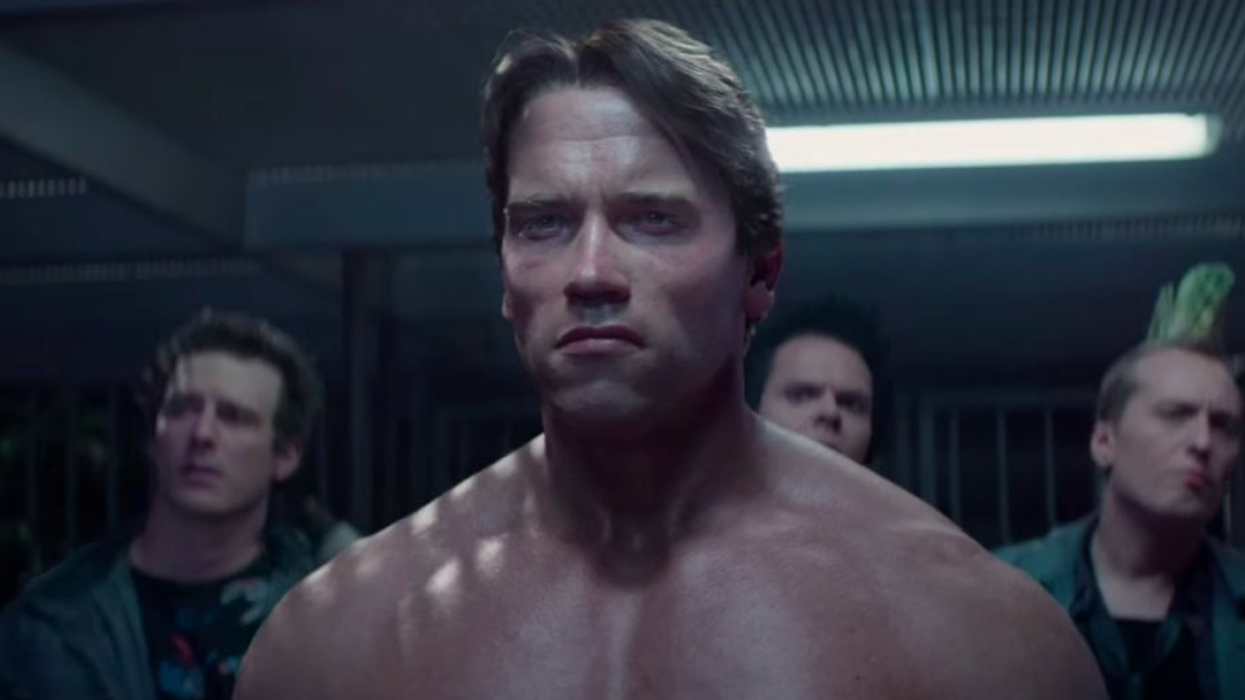Watch: Why De-Aging and Resurrecting Actors Digitally is Dumb and Makes No Sense
Please, for the love of god, somebody make it stop.

Look, digital technology in film has come a long way. Movies like Favreau's The Jungle Book and even Cameron's Avatar make wonderful use of CGI in creating beautifully realistic animals and locations. So let's just stop there, because realistically re-creating humans has proven to be a whole other ball game.
Now, let's hone in on the issue a little bit. The Curious Case of Benjamin Button showed us how easy it is to make people look older, but making them younger is still, to this day, an entirely different case. It's hard. The results are often terrible, and at least for me, take me out of the world of the film entirely.
As the narrator in Fandor's video essay below puts it, "the difference between flesh and blood and code and pixels is painfully evident."
Fandor offers up the diagnosis that people like me may be suffering from a psychological phenomenon known as "The Uncanny Valley." This is the hypothesis that human replicas which appear almost—but not exactly—like real human beings elicit feelings of eeriness and revulsion among some observers. We recently wrote about the phenomenon in relation to why cinematic clowns like Pennywise are so terrifying.
Now, I can get behind making a character appear eerie or haunting if that is the director's intention. But if they're going for realism and not spookiness, then it wrecks the entire filmgoing experience, so why even bother?

Another question that arises is: why did we ever move away from simply using two different actors to represent a character at two different stages of their life? X-Men: The Last Stand started off this whole trend with some really crappy CGI de-aging of Patrick Stewart back in 2006, and kept it going throughout X-Men Origins: Wolverine. But even they learned from their mistakes, realized how aesthetically awful this looked, and went on to profit from creating an entirely new franchise based off re-casting characters at a younger age.
Despite X-Men's ultimate choice reversal, maybe there's a de-aging surge because we're actually beginning to see the process pay off. Studios are apparently so satisfied with the way they are able to recreate the digital likeness of their star's youth, that now they feel comfortable raising the dead.
Nowhere is this more apparent than in Gareth Edwards' Star Wars entry, Rogue One. I think most of us can agree that, though it was a bold move from one of the greatest digital effects companies that has ever existed, the results were pretty horrific.
This latest phenomenon brings ethics into the game as well. At what point can we justify using the dead in projects? You're basically taking for granted that the deceased actor would be ok with using their likeness in your film. And does the estate get that money? Where does it go?
Where do you stand on this trend? Do you want to see more de-aging and resurrection or is it just too weird that it doesn't stand a chance? Chime in below.











